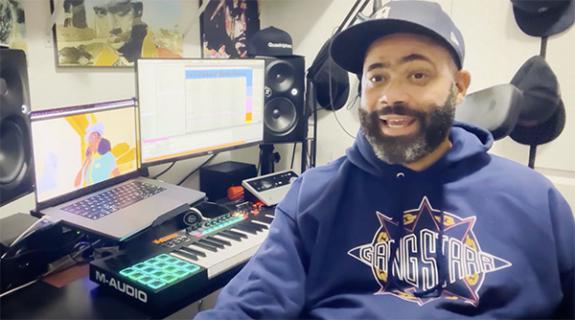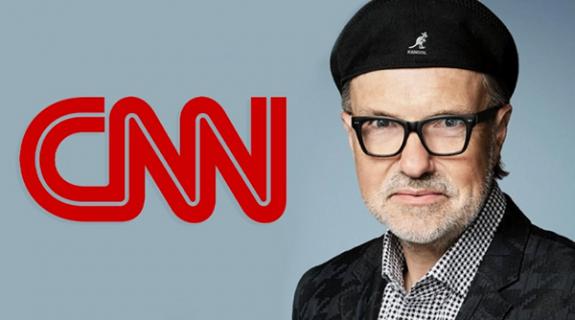As streaming and digital content continue to rise, marketers must go beyond sparking viewers’ interest—they must find creative ways to bridge the gap between intrigue and consumption.
That’s according to Trailer Park’s head of strategy, Jake Katz, who will be speaking during the Tuesday Deep Dives at the 2019 Promax Conference in downtown Los Angeles June 4-6, 2019.

But first, Katz spoke with Daily Brief via email to discuss today’s evolving marketing landscape, the decisions consumers face, and how marketers are adapting their strategies to rise above the rest.
DAILY BRIEF: What is the biggest difference in determining a strategy for streaming vs. linear TV networks?
While both linear TV networks and streaming platforms strive for viewership, their motivation and measurement are different and has implications on timing, creative strategy and roll out.
Linear TV is ad-supported, so live viewership drives much of its measure of success. In the streaming landscape, a property’s value is measured by how much it elevates the value of a subscription in the minds of existing or potential subscribers. A launch for a linear TV network works towards a Nielsen measured premiere, with messaging tailored to turn intrigue into awareness of premiere date, time and viewing destination.
Marketing content from a streaming platform is as much about building intrigue and intent to view as it is about subtly communicating the value of the pay-walled platform providing it.
How have OTTs changed the way viewers consume content?
Remember when “millennials and Gen Z were abandoning TV for social media?” Over the past decade, there have been so many headlines warning of the “death of TV.” Instead, it’s been fascinating to see the landscape of premium content that has boomed from the rise of digital. The decline in linear TV live viewership—and the simultaneous rise of OTT viewing—is a movement around what seems to be “content convenience:” mostly on-demand and less interrupted by ads.
In the OTT environment, success is measured less by how many people watched simultaneously, and more by how many people watched over a given amount of time—weeks, months, and in some cases, as long as a year. This has unlocked the type of characters who are TV-ready and the narratives that sustain an audience.
TV, now meaning the content format (not the hardware,) has grown from a medium of pandering to provoking, from broadly accessible overnight to high-minded and slow burning over time.
With so many options for viewers to choose from, what is the first step in determining a strategy that breaks through for your target audience?
The largest barrier in entertainment marketing today is dealing with consumers’ overwhelming amount of choice. The rapidly growing landscape of “things to watch” makes it hard to be top of mind when consumers are deciding what to watch. It also makes it hard to build streaming/studio/network brand value when consumers hold many logins and watch a mix across all of them.
Creating a visual “device,” style, or ID that allows a campaign’s assets to move cohesively across platforms is among the first steps in campaign design. We often talk about how modern communication is increasingly visual versus written, yet in entertainment marketing, this truth cannot be overstated. If consumers can recognize your campaign across platforms and quickly pick up on the content in a platform UX, you’ve eliminated a gap between intrigue and consumption in their becoming a viewer.
How has social media transformed entertainment marketing? How is it affecting the way people perceive and engage with television shows?
There is an expression, “The more things change, the more they stay the same.” Trends and behavior shifts typically reflect a timeless truth with a timely expression. It has always been true that word-of-mouth recommendations are most powerful and visible in the timely role social media plays in entertainment marketing.
We are seeing an emerging trend where negative reactions to campaign assets can create a cloud of negativity around a campaign as it progresses. If super fans reject the tease of a modern adaptation, for example, it will taint the excitement and reception to the trailer, poster and premiere.
To counter this, we are experimenting with what we call “Responsive Marketing–” listening to and talking with fans in marketing material, so they are less recipient of marketing material and instead, become a stakeholder in its creation and success.
What do you want people will take away from your session?
Fresh thinking and tactics you can deploy today to experiment and innovate in your entertainment marketing. My session, “Inside-Out Marketing,” will share consumer research and creative strategies on how campaigns market content with little or no known IP while making waves on social media. Join me on June 4 at 11:30 a.m.



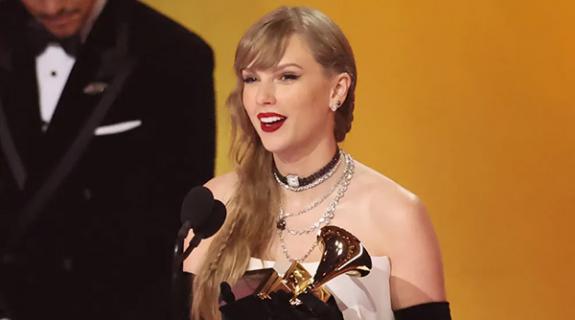
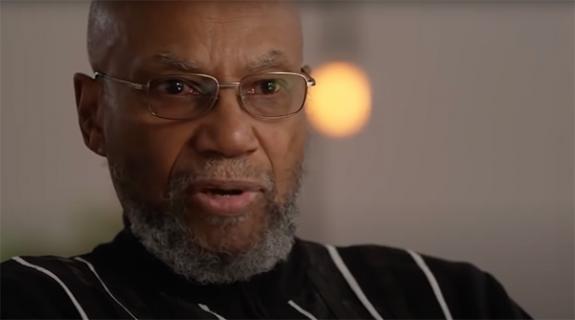

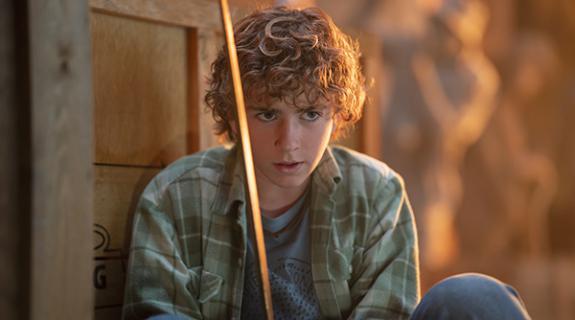

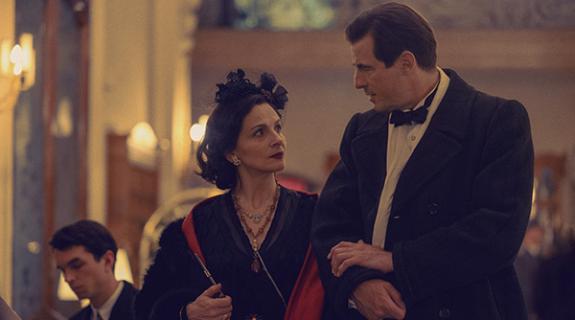





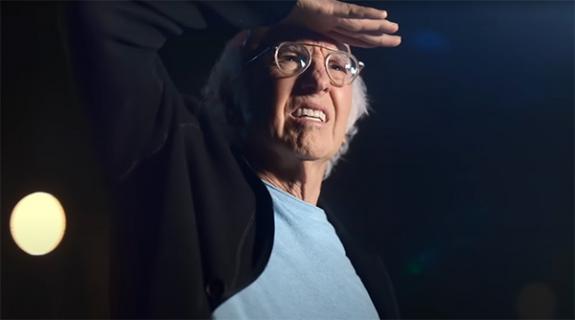


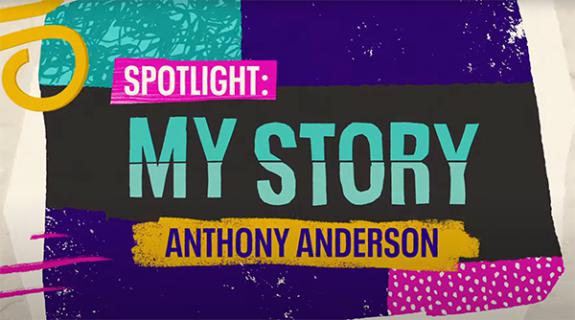






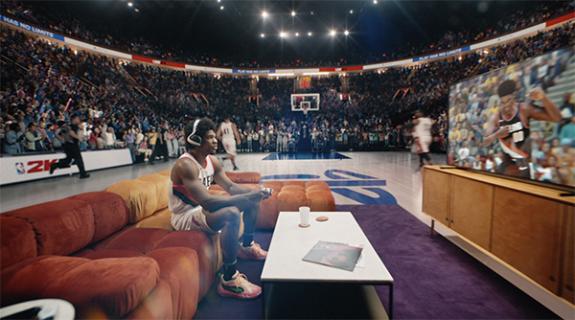
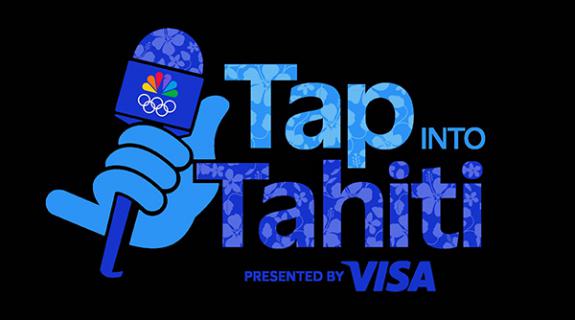













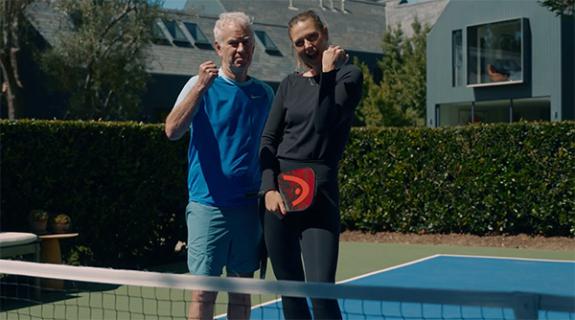





__twocolumncontent.jpg)

